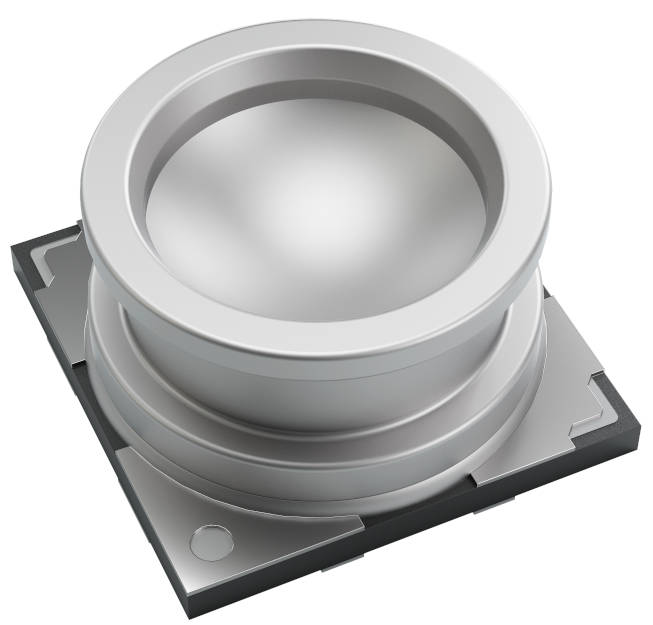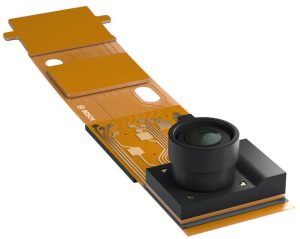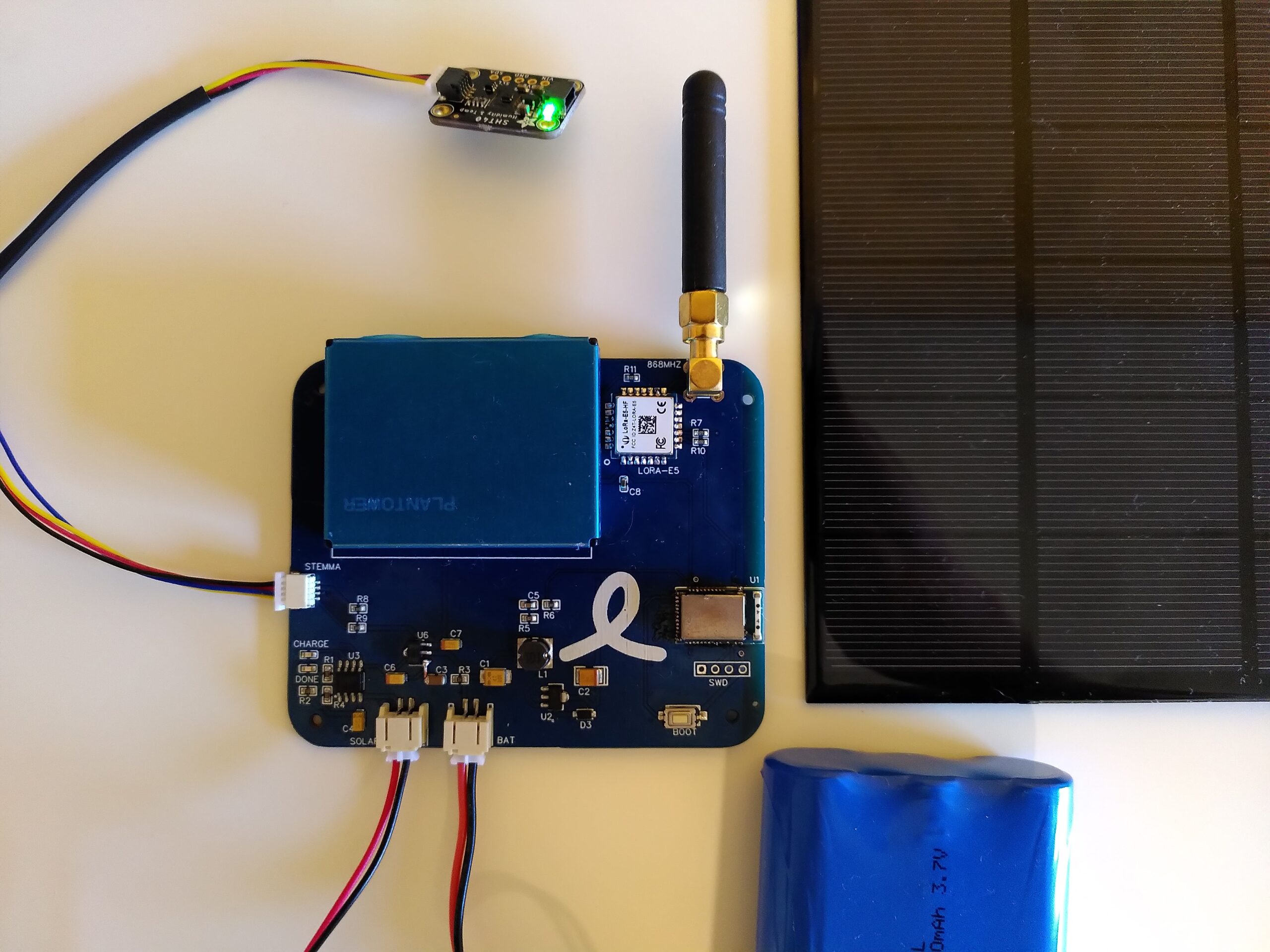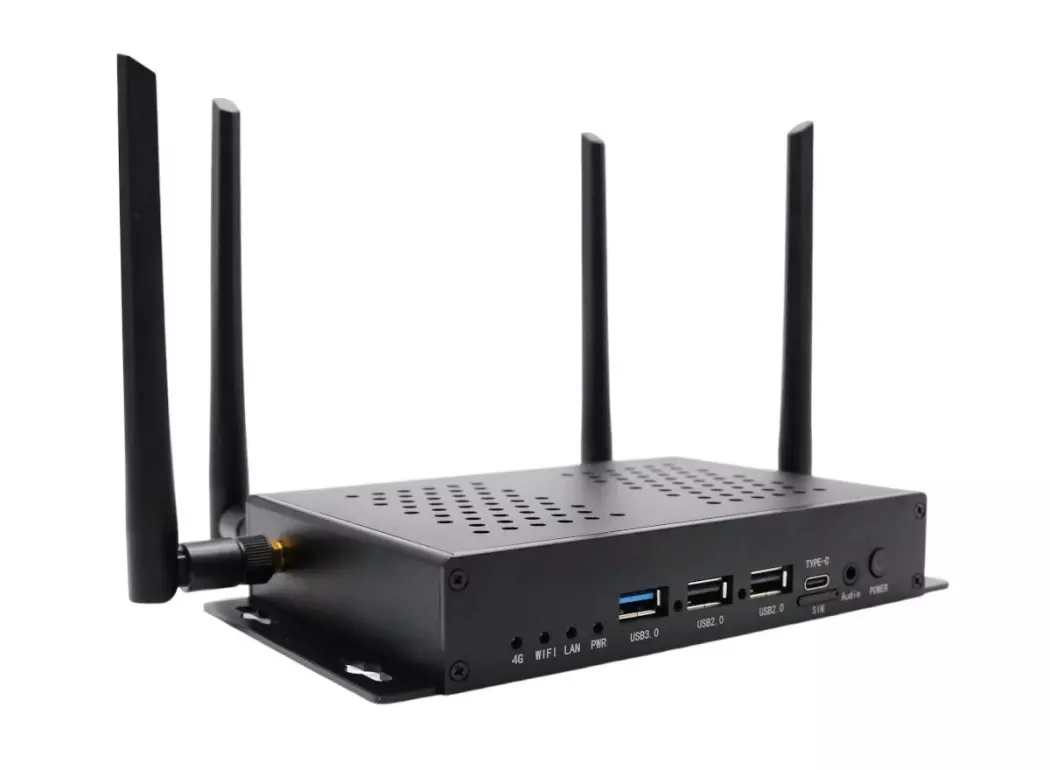
BMP585 (right) is a toughened liquid-resistant barometer for altitude tracking in wearables.
With a liquid-proof gel cover, it can be exposed to salt water and chlorinated swimming pool water – as well as dust, for example as part of a vacuum cleaner.
“It includes all the features of the existing BMP581 pressure sensor, with comparable accuracy, while providing the robustness needed for new use cases,” according to the company. “The sensor measures a change in height of just a few centimeters. It can therefore detect movements in fitness training down to the level of individual pull-ups or push-ups.”
Relative accuracy is ±0.06hPa and typical absolute accuracy is ±0.5hPa. Temp rature coefficient is typically ±0.5Pa/K and RMS noise 0.08Pa (typical at 1,000hPa). Long-term drift over a year is only ±0.2hPa.
rature coefficient is typically ±0.5Pa/K and RMS noise 0.08Pa (typical at 1,000hPa). Long-term drift over a year is only ±0.2hPa.
I2C, I3C and SPI interface are provided, and consumption is typically 1.3μA at 1Hz data rate.
Packaging is 3.25 x 3.25 x 1.86mm 9pad LGA and BMP585 is scheduled for Q2 this year.
BMV080 (left) is a fan-less particulate (PM2.5) sensor for indoor air quality estimation.
The sensing element is 4.2 x 3.5 x 3mm and “maintenance-free with no fan-induced dust build-up”, said Bosch. Inside are lasers and photodiodes, and no fan because “it applies sophisticated algorithms to measure PM2.5 concentration directly in free space”.
BHI360 is a programmable inertial measurement unit (IMU) combining 3x gyroscope, 3x accelerometer and a 32bit processor, which includes a sensor fusion library aimed at 3D audio with head orientation, as well as simple gesture recognition.
BHI380 is similar, but has self-learning AI software aimed at fitness tracking. “Dedicated swim tracking software measures swimming style, while the pedestrian dead reckoning algorithm helps users reach their destination even when GPS drops out for a few minutes”, it said.
Interfaces include: 50MHz SPI host, 3.4MHz I2C host interfaces,”as well as multiple SPI, I2C, and GPIO interfaces for external sensors”, said Bosch.
They come in 2.5 x 3 x 0.95mm 20pad LGAs, and the company reckons <600µA for 3D orientation.
Introductions are planned in April (BHI360 and May (BHI380).
BMM350 is a tunnel magnetoresistance (TMR) magnetometer intended to be used as a compass for 3D audio head orientation and pixel latency reduction in AR and VR, as well as navigation without GPS.
“Compared to Bosch’s previous generation magnetometer BMM150,” said the company, “the new device offers significantly improved performance: average typical current consumption is only 200μA at a 100Hz data rate, which is 20 times lower than the previous generation. Also, the noise is three times lower for the x/y axis, and the sensitivity is four times smaller.”
Packaging is 1.28 x 1.28 x 0.5mm WLCSP and BMM350 is scheduled to be available in Q2 2023.







